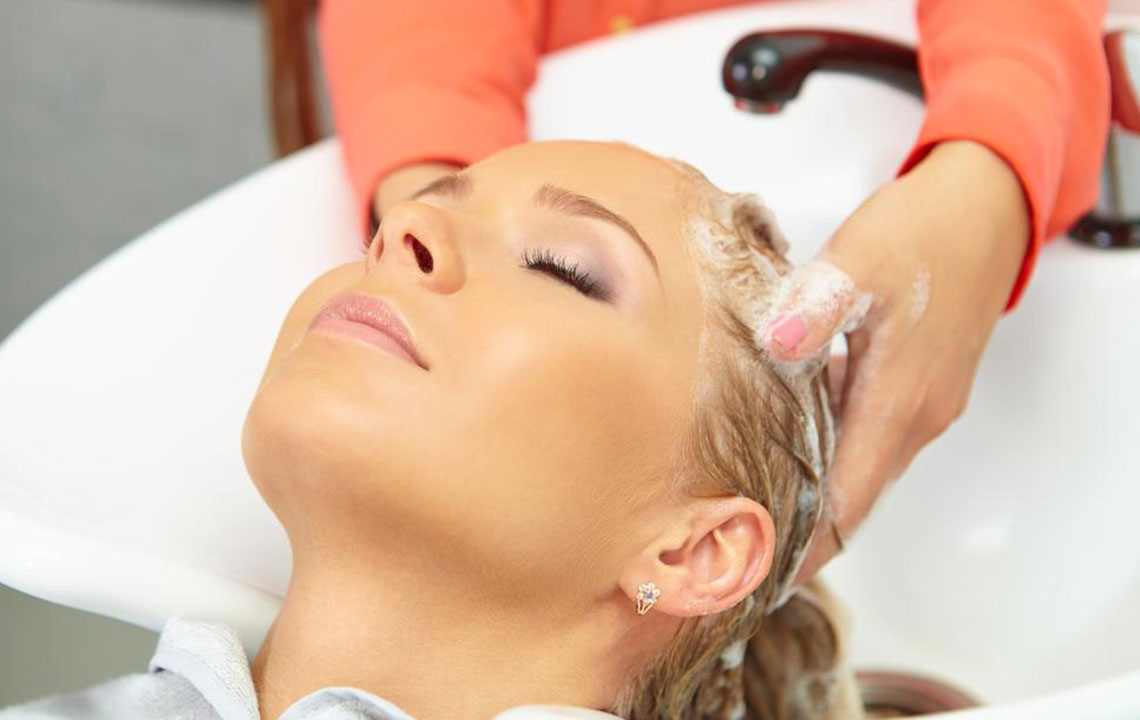Best Shampoo to Combat Hair Loss

Since hair loss comes in many different forms, it can be caused by many different factors. Oil can clog hair follicles, the scalp may be dry due to lack of moisture and essential vitamins, alternate forms of testosterone can hinder or inhibit hair growth. Most of the hair loss treatments available in the market cause dandruff and dryness on the scalp. The results are usually clumps of hair coming out during a shower or while brushing the hair. Most of the hair loss shampoos and treatments are not focused towards a specific type of problem, age group of people, but there are companies which create shampoos on the basis of women, men and age groups. The main cause of hair loss is always related to some kind of problem in the chemical pathways that cause hair growth, even though medications, age, genetics, and disease are co-related to hair loss.
How to choose the best hair loss shampoo?
- Most of the best hair loss shampoos are free from chemicals like sulfates and paragons since these ingredients can harm hair more than do any good.
- It is important to know the hair and scalp type before choosing a hair loss shampoo. This basic knowledge can help choose the right ingredients that can make a huge difference.
- It is important to choose the right shampoo for hair loss depending on the type of scalp – whether it is dry, oily or normal. The labels given on the shampoo bottle should work with the ingredients in order to make the shampoo effective.
- It is important to choose a shampoo developed by reputable, proven brands. The promises and claims made by the shampoo and certain products are sometimes too far-fetched to be true so doing proper research is important.
- Shampoos for hair loss that have ingredients like vitamins, minerals and essential oils are good for the health of the scalp and should be picked over shampoos that have many chemicals.
- A hair loss shampoo should be considered to be just a part of the hair loss treatment, and not be considered an end-all solution for hair loss. There can be many different underlying reasons that can cause hair loss, and the problem has to be solved form the root. A shampoo is just a part of the solution. In addition to finding the right shampoo for hair loss according to your scalp type, a good lifestyle and nutritionally balanced diet are also important. Most shampoos for hair loss that do work are usually recommended by a medical professional.
When it comes to choosing a hair loss shampoo, the market is full of choices that claim to work effectively. All these commercial products are sold in a manner to lure the customer, but they do not work with the root cause of the problem. They are certain shampoos that may add shine and volume to hair but they do not actually help fix hair fall. The additives and chemicals in these shampoos are not good for the scalp or the hair in the long run. Any shampoos that claim to reduce hair fall effectively within weeks may be fraudulent and buying these online can be risky. It is not unusual to hear stories of people who got their scalps damaged and experienced irritation as a result of this.
Well-reputed and trusted brands should be preferred over cheap, online discount options in case of skincare and hair care products. One should educate themselves into reading reviews online on various forums and identify a fraudulent brand. These sources provide good first-hand information in terms of effectiveness and quality of these shampoos and other products.
Once a good shampoo has been identified, it is important to remember that most shampoos and their ingredients start working on hair only after a couple of tries as the ingredients may take time to start working and be properly absorbed by the scalp.
Like any other hair product or shampoo, hair loss shampoos are also applied to the hair and scalp. When the hair and the scalp are wet, the product can be applied directly or be diluted in water and then used – the instructions are usually given on the bottle. The product should be left on the head for long enough for it to be soaked properly, usually for a little longer than you would keep a normal shampoo. Rinsing it off thoroughly is important.
In case a hair loss shampoo does not work, it should be noted that different people have different hair and scalp types. While one product may work for one person, it may not necessarily work for the other. These shampoos should only be judged for effectiveness over a period of time instead of expecting immediate results.


